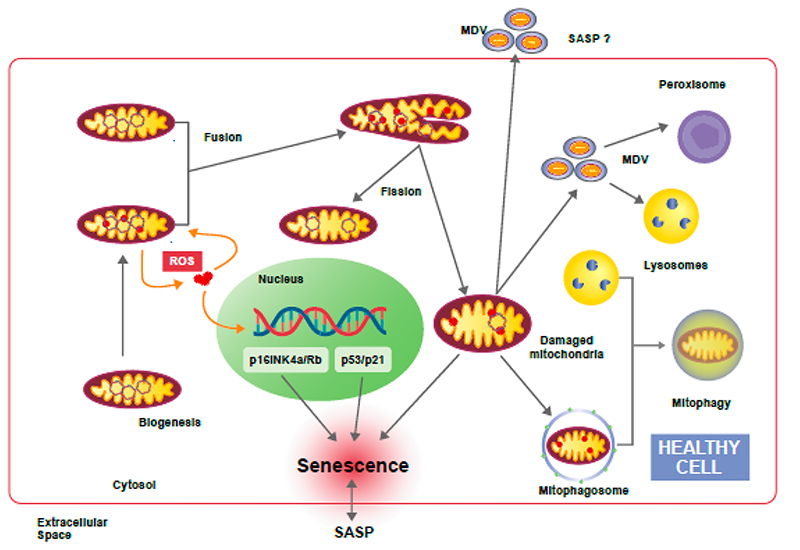Figure 2. Mitochondrial transitions and interactions in cellular senescence.
Mitochondria are dynamic organelles which act as the primary energy-generating system in most eukaryotic cells. In addition, mitochondria are involved in various other vital processes, such as intermediary metabolism, Ca2+ signaling, and apoptosis. The inevitable production of ROS by mitochondria induces mitochondrial and nuclear DNA damage. Accumulation of damaged DNA and proteins in mitochondria threatens the physiological function of the cell and provokes several defense mechanisms. By fission and fusion processes mitochondrial damage can be partially counteracted and healthy mitochondria might remain functional despite continuous ROS production. Alternatively, damaged mitochondria release so-called mitochondria derived vesicles (MDV) which may be transported to other organelles, such as peroxisomes and lysosomes, in order to restore mitochondrial activity. On the other hand, MDV can be released to the extracellular space as components of the SASP to signal mitochondrial damage to surrounding cells. However, in case of excessive mitochondrial damage, eliminating parts of the organelle is not sufficient and whole mitochondria have to be removed by mitophagy. Dysregulation of mitochondria quality control process leads to accumulation of impaired mitochondria and induction of senescence via various mechanisms.

